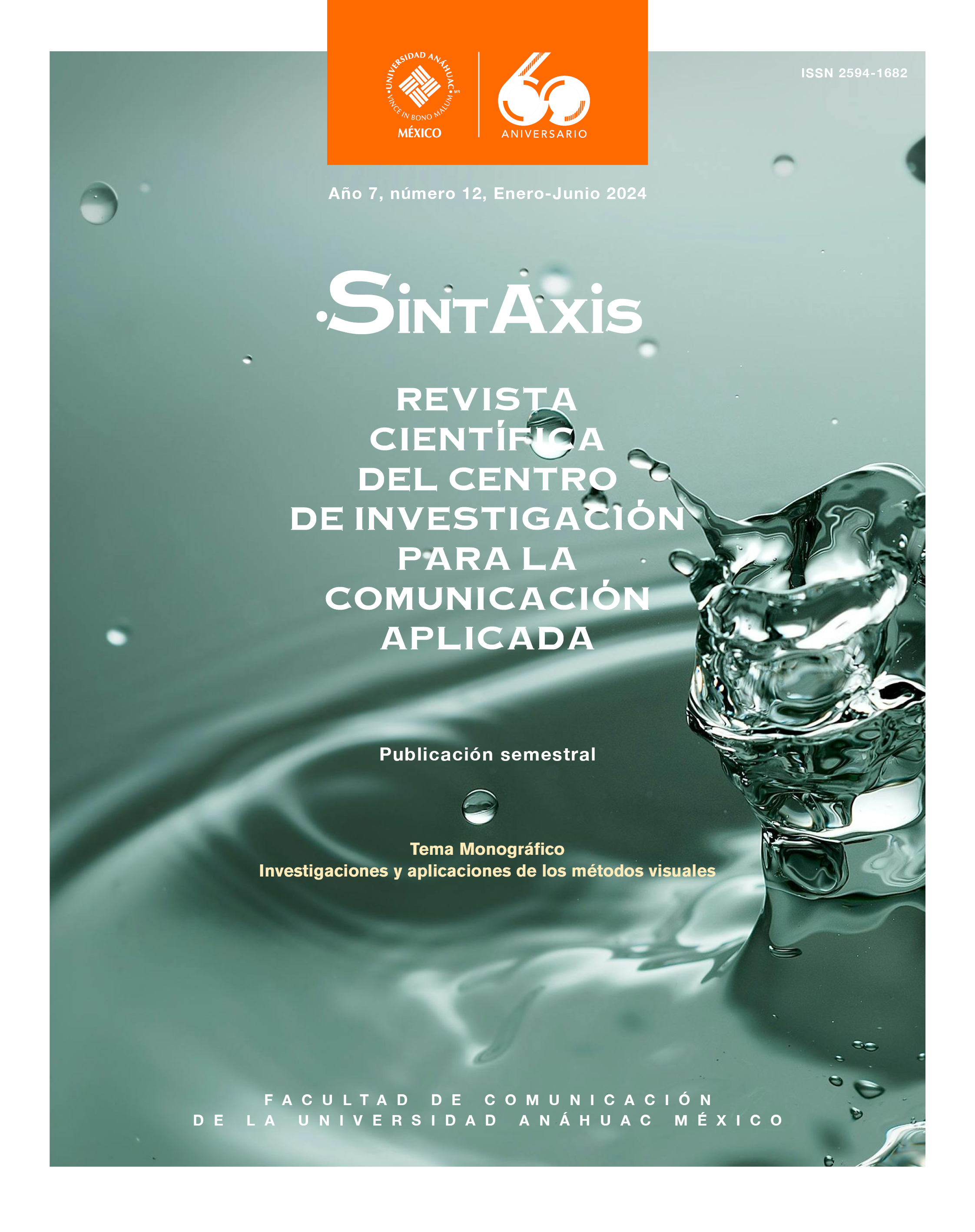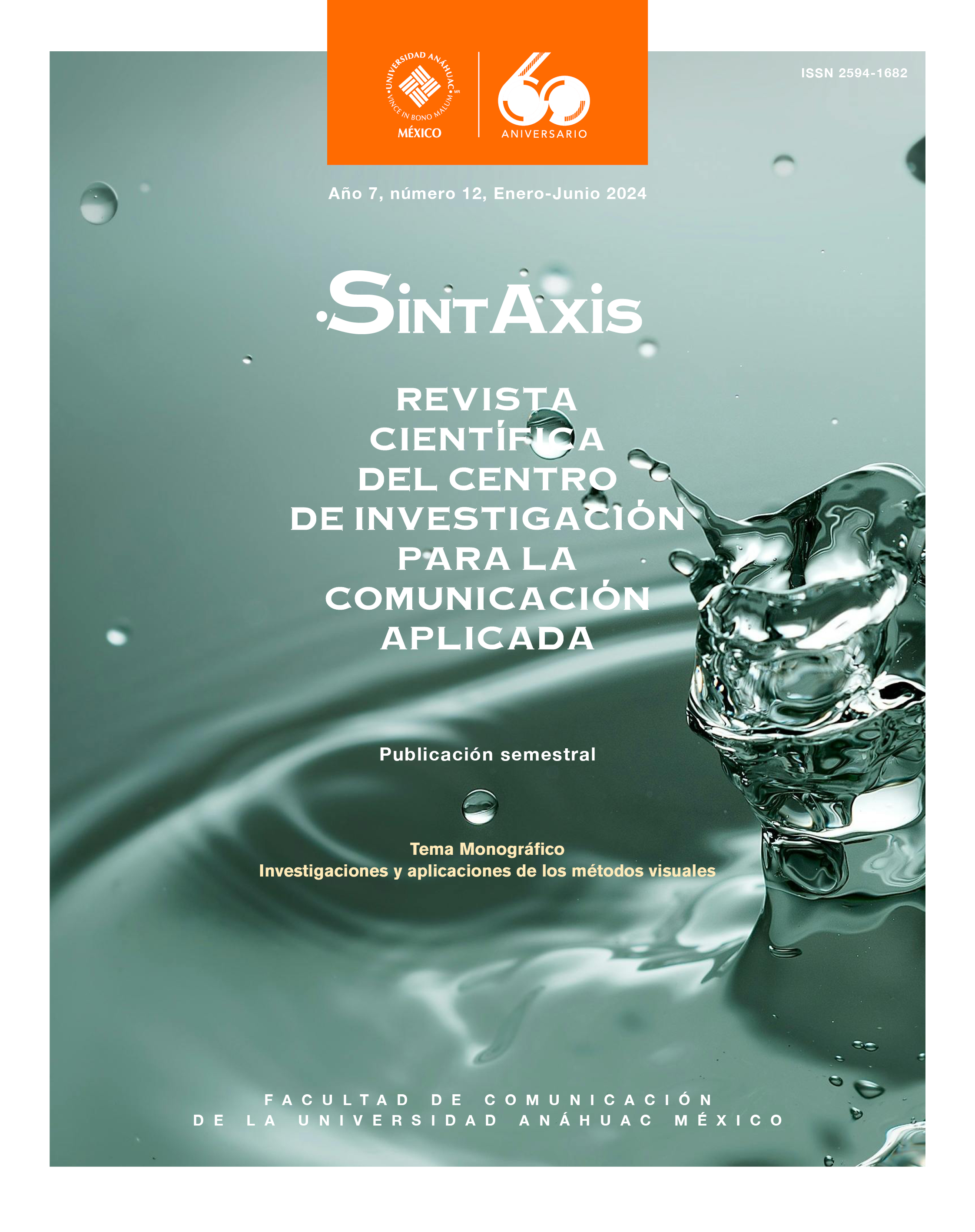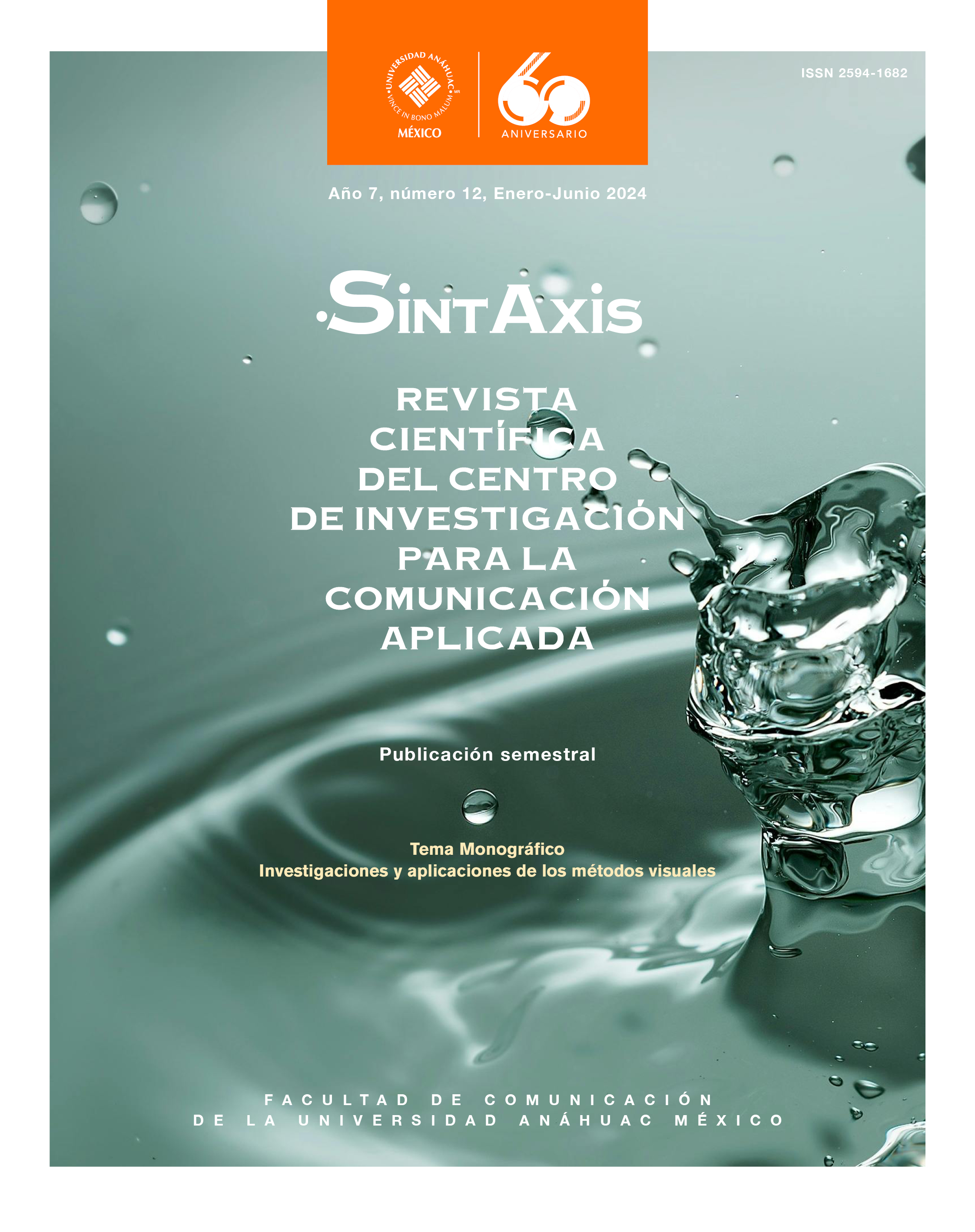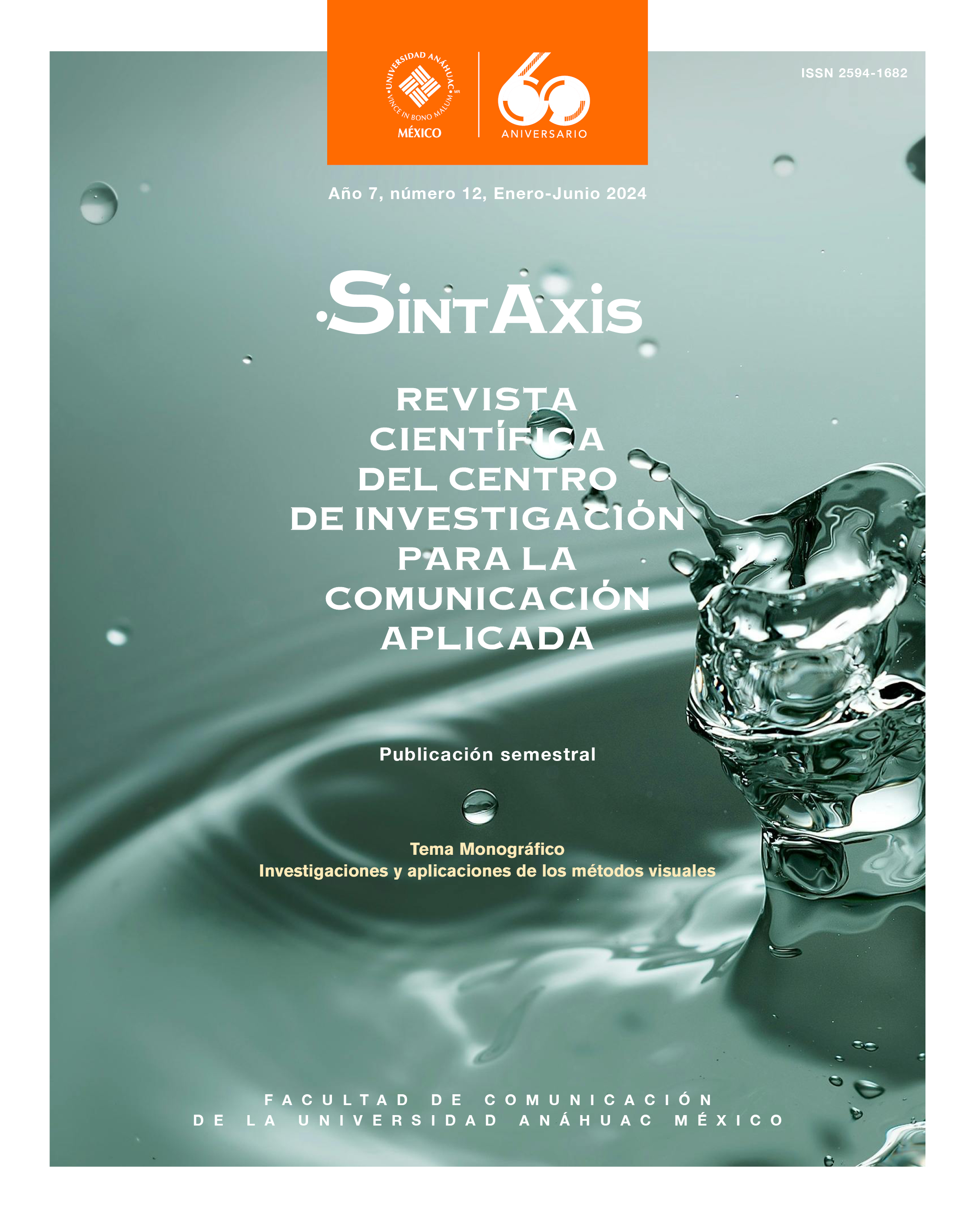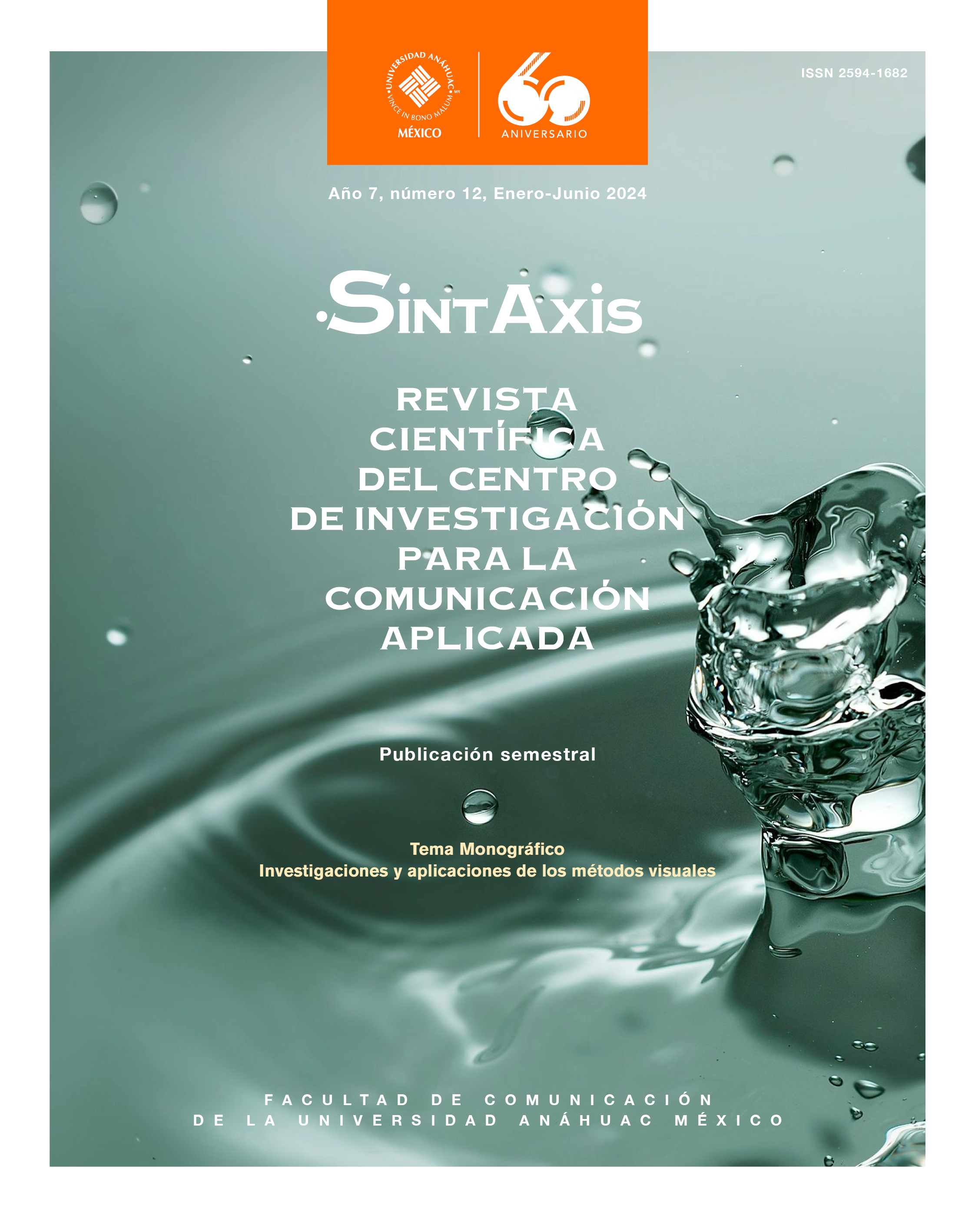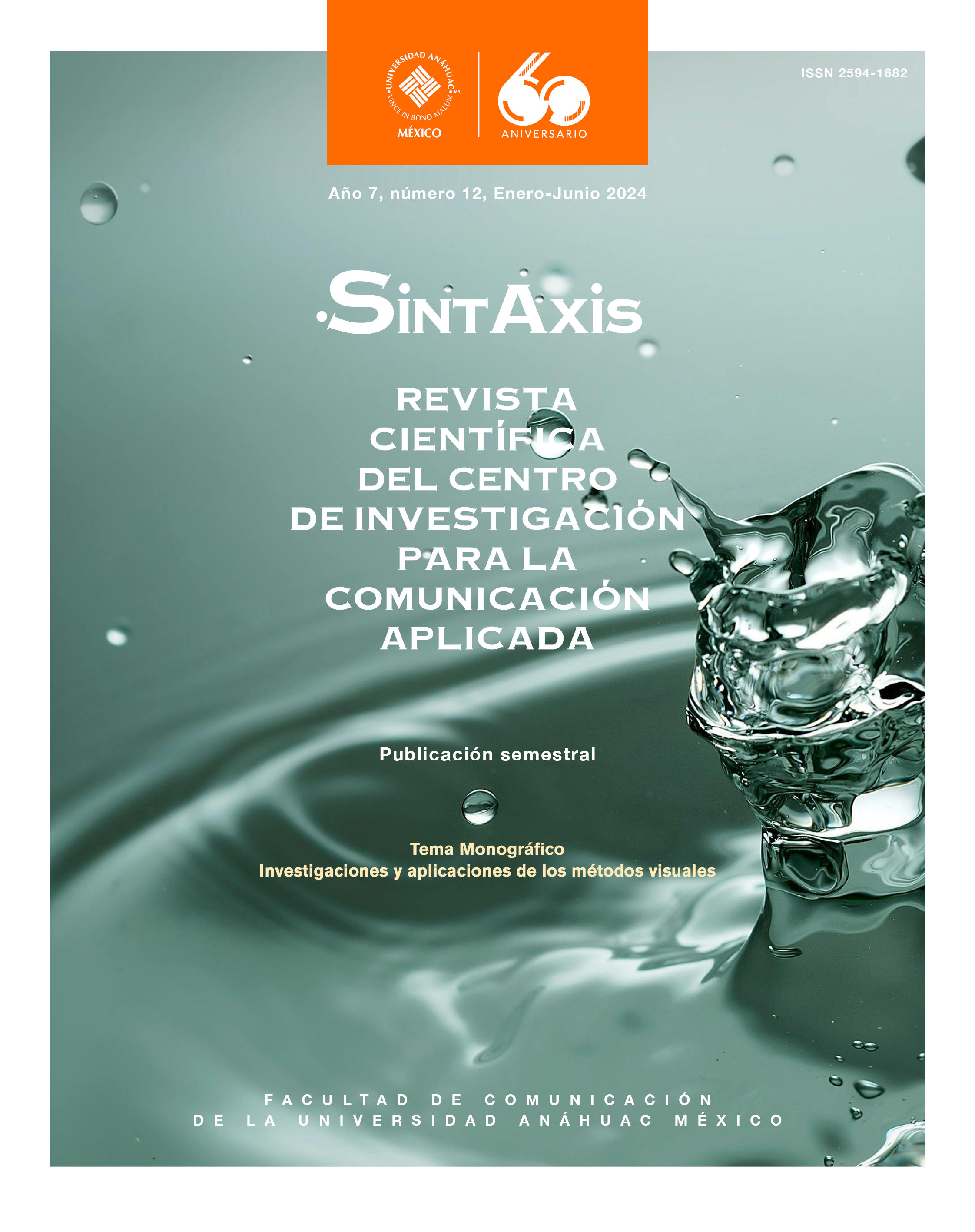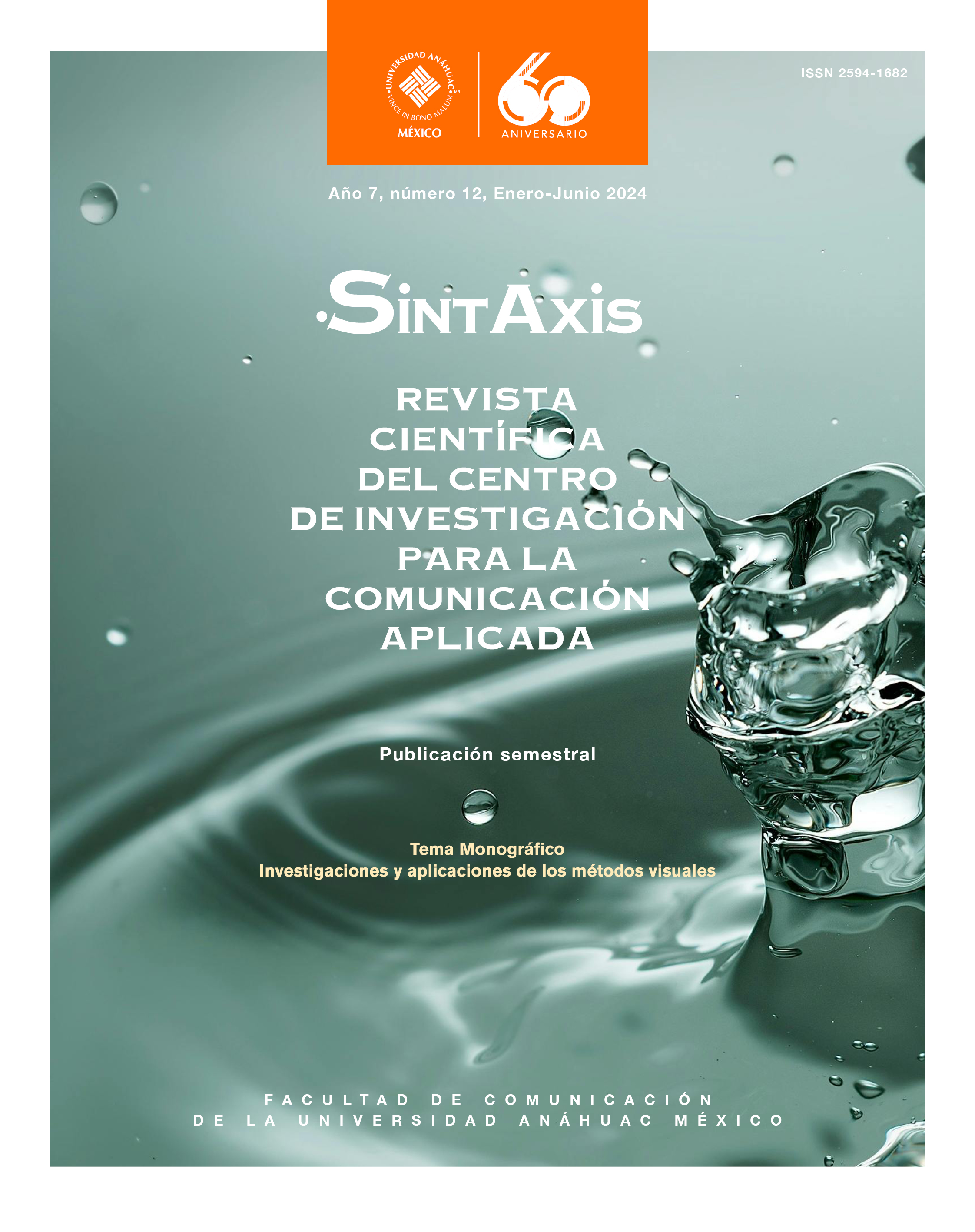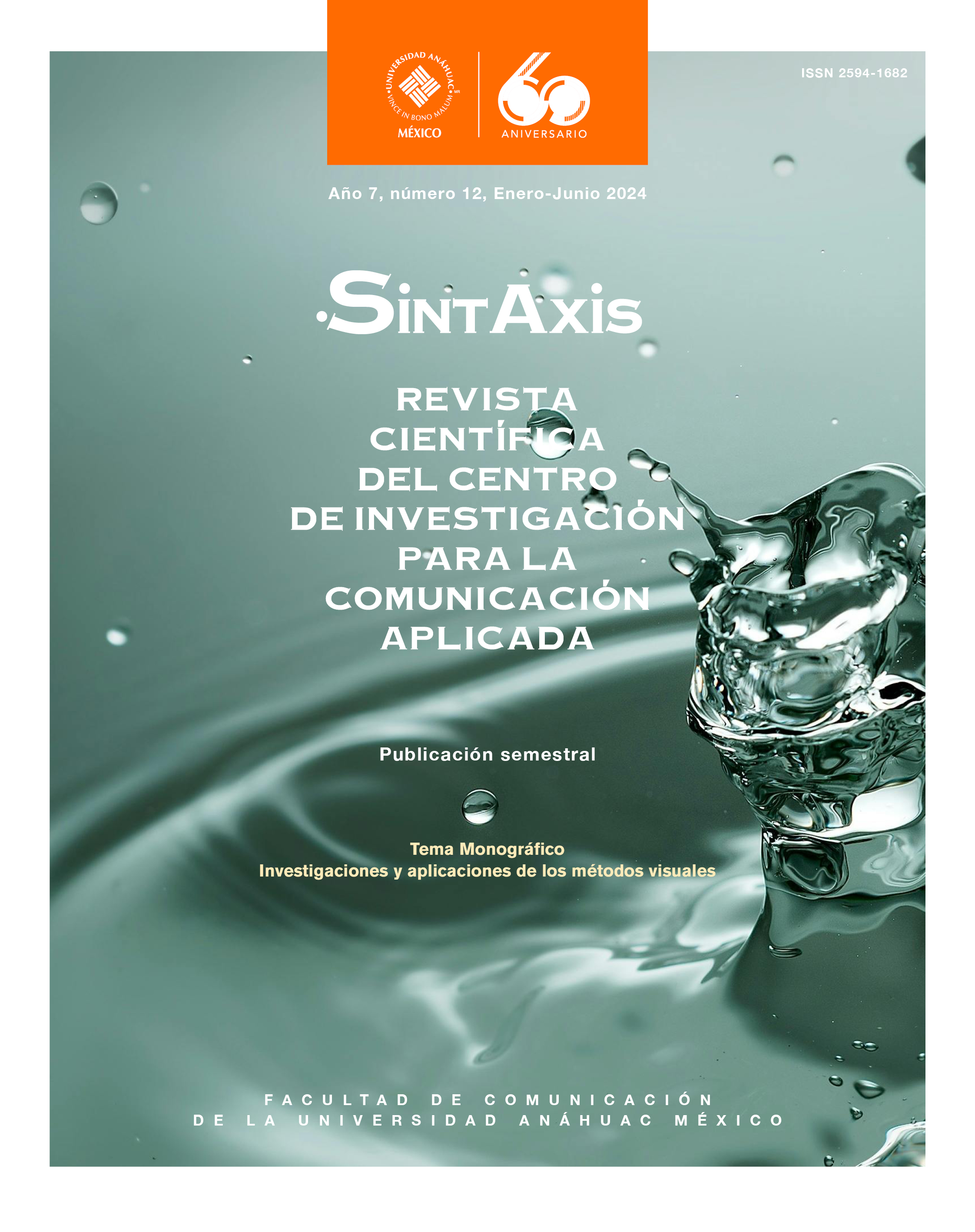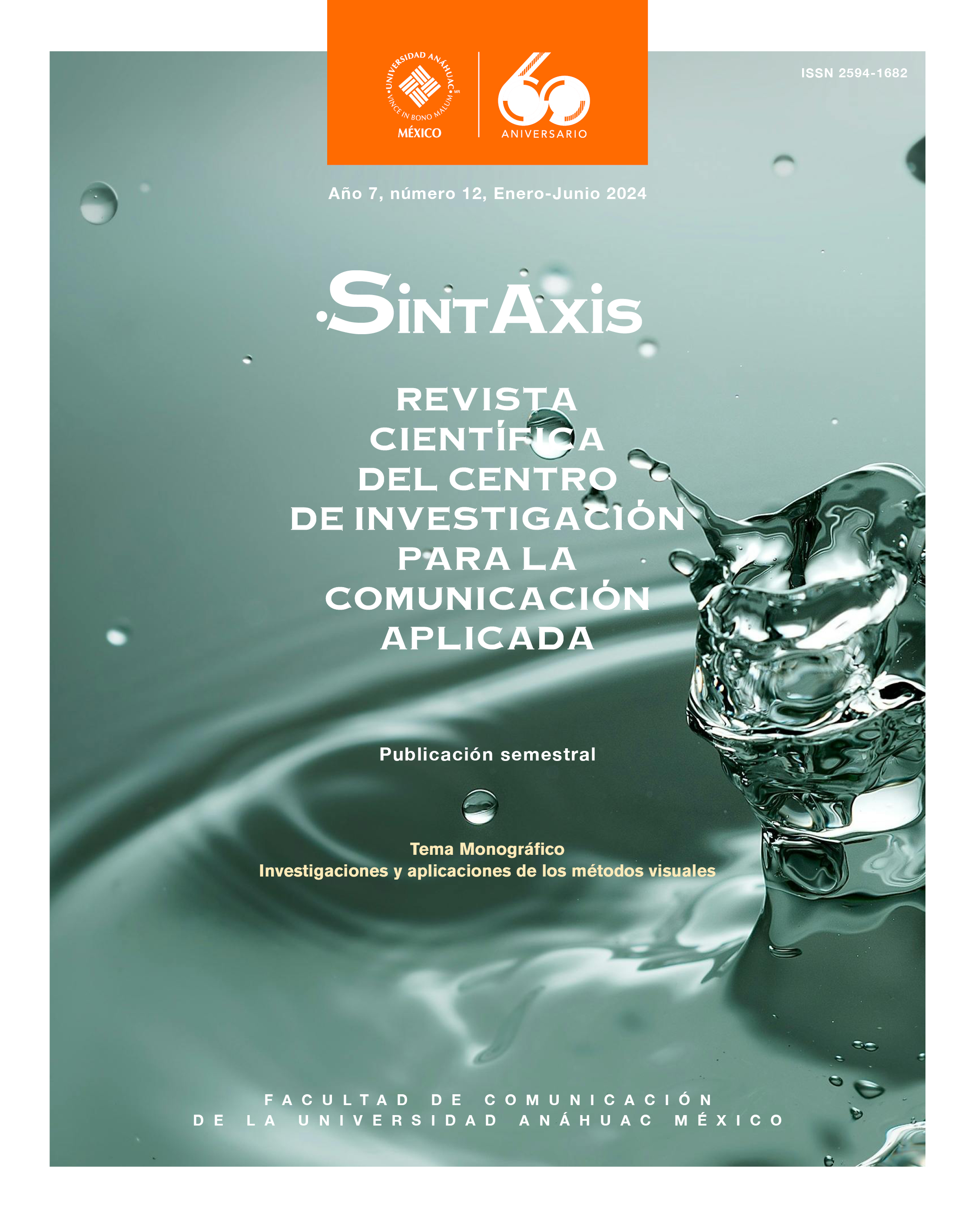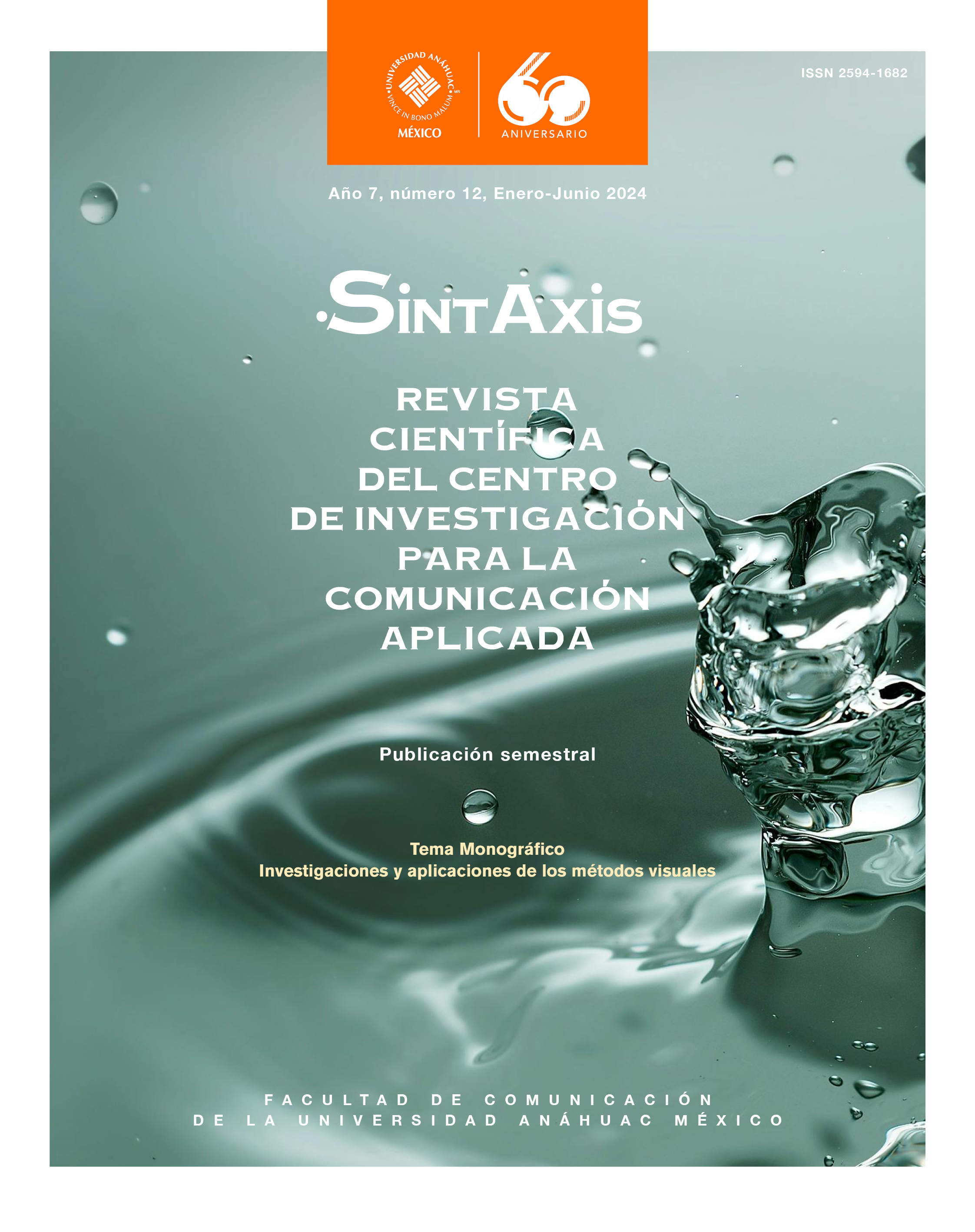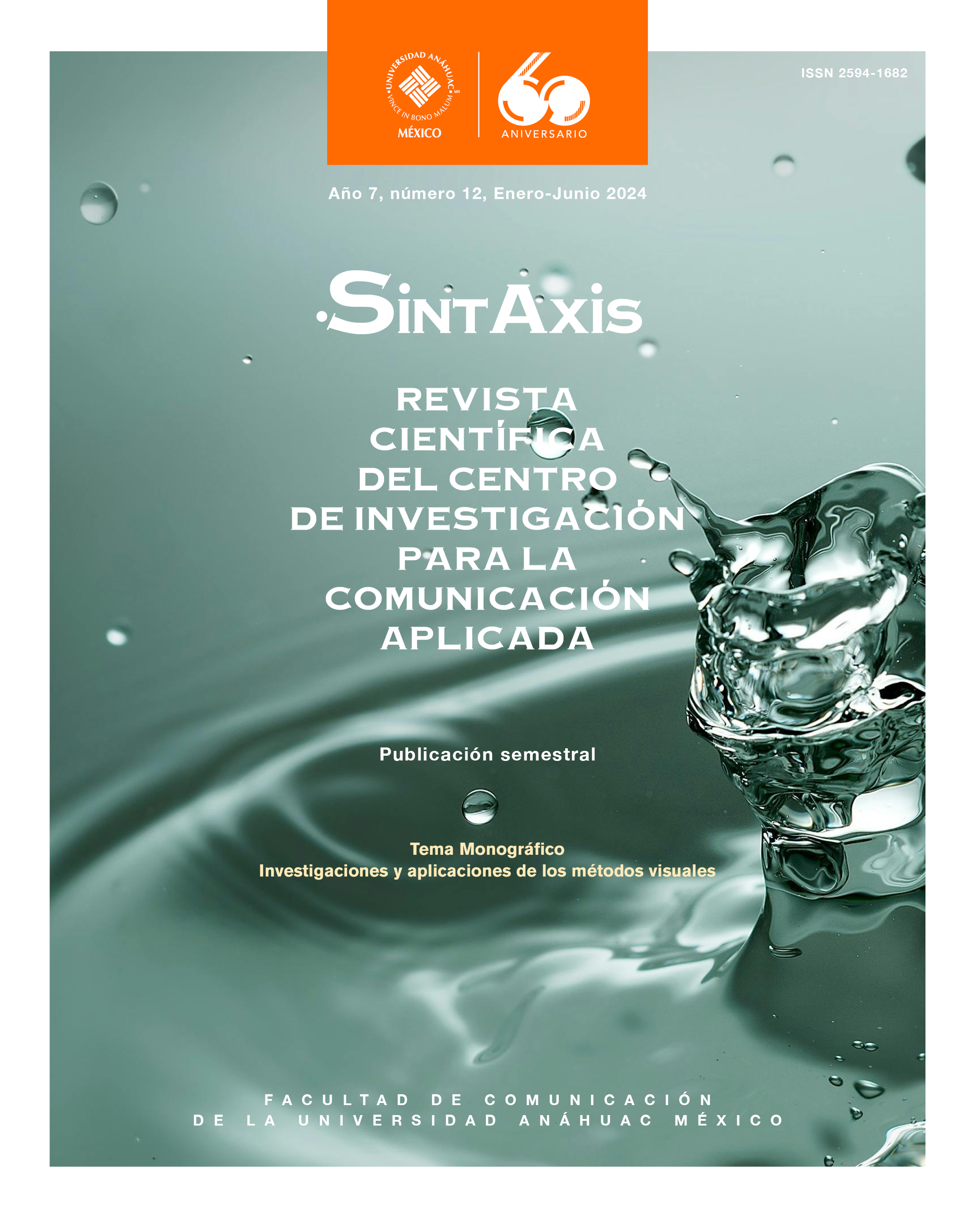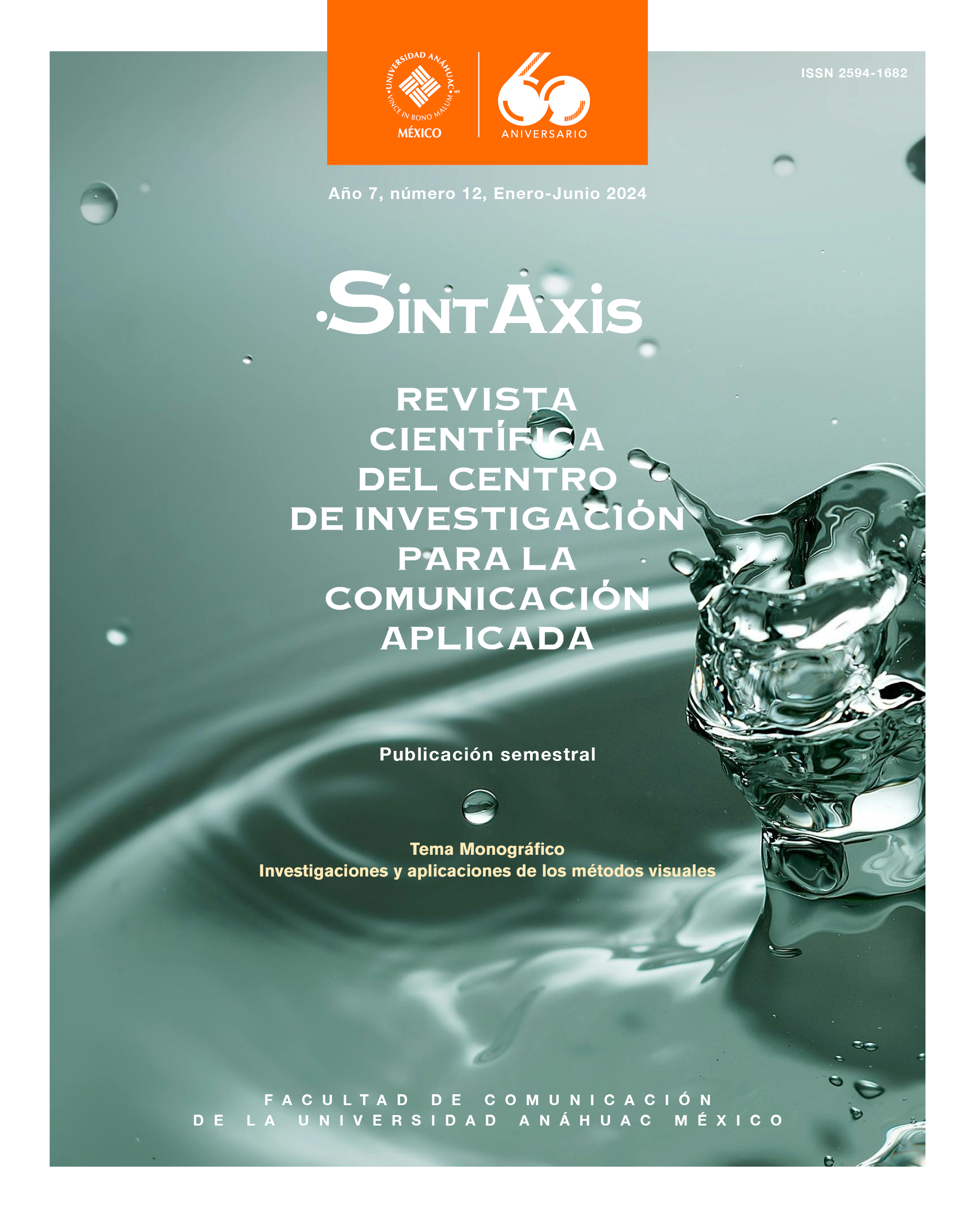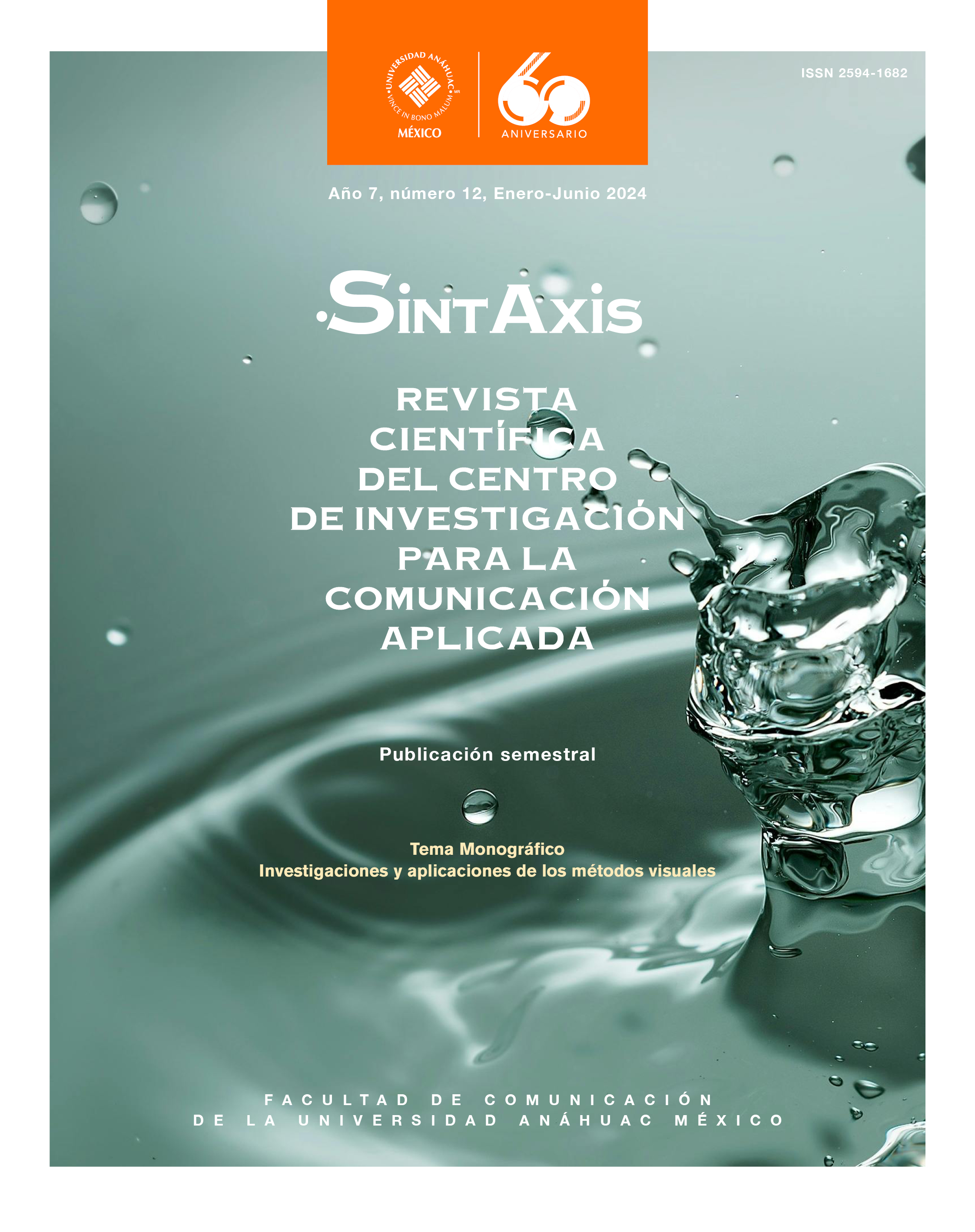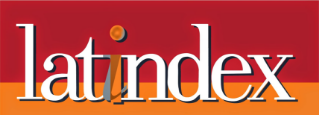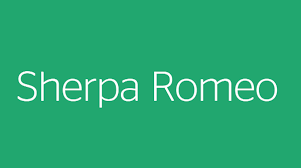No 12 (2024): Investigaciones y aplicaciones de los métodos visuales
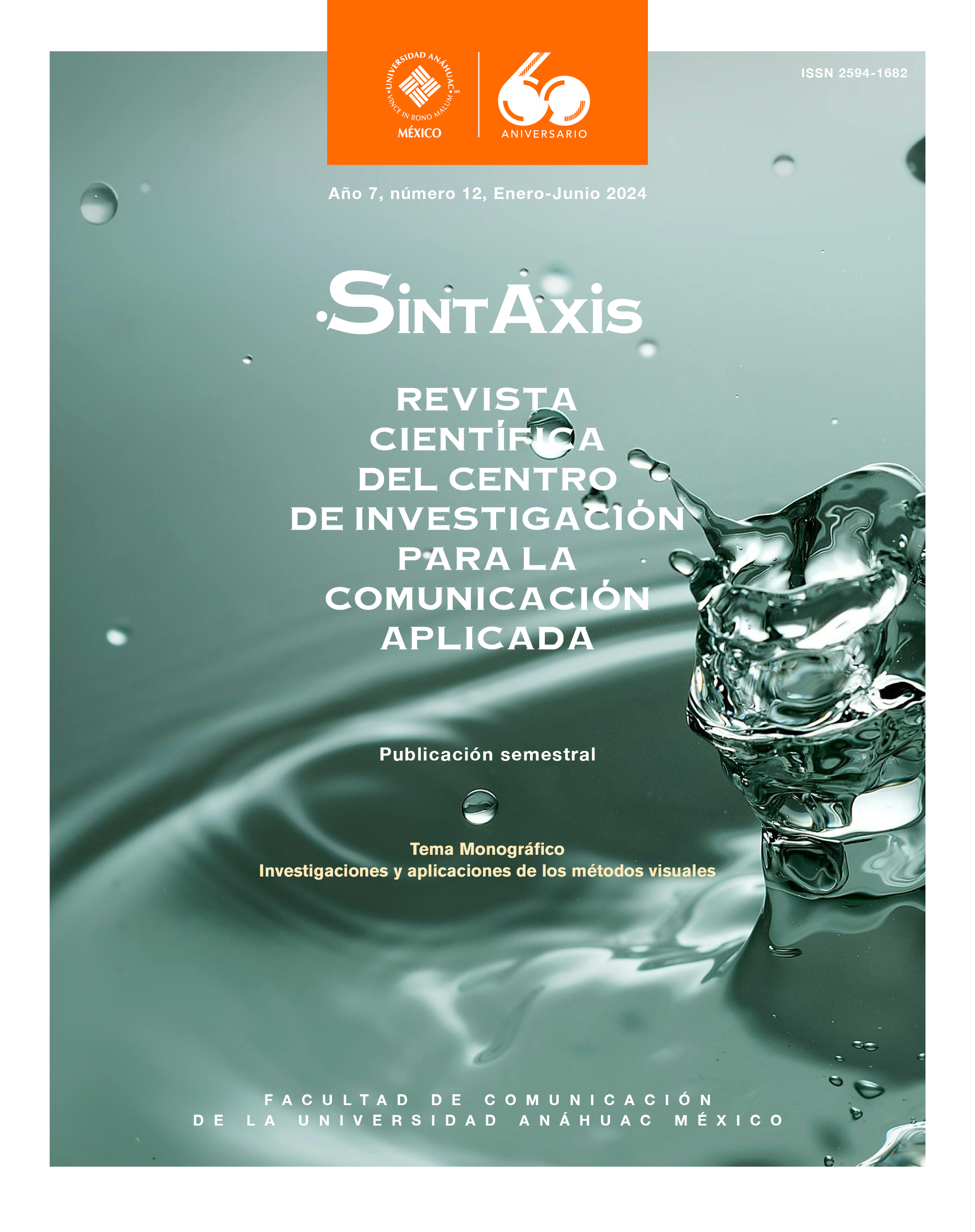
Los metódos visules se enfrentan a un problemática singular de investigación, a saber, la distinción entre lo real y lo virtual como un asunto que implica comprender el sentido mismo de las cosas. Quizá sea más contudente señalar la distinción entre lo real y la ficción, dado que lo virtual puede objetarse como dimensión de lo real. La distinción entreo lo real y lo virtual es un problema clásico que ha tendo diferentes variantes y formas de plantearse, que por lo mismo, llama la atención de hombres de arte, ciencia, política, hombres religiosos, educadores, etcétera. En efecto, desde antiguo ha preocupado la manera efectiva de trasmitir el conocimiento, las experiencias, y los valores culturales. El tema de la representación gráfica del conocimiento importa por sí mismo, pero no sólo es el conocimiento la última explicación que mueve a las personas a cuesionarse por lo virtual, quizá lo que mueve el interés de todos los sectores de la sociedad sea el sentido que se puede comunicar a través de lo virtual. La pregunta que interroga por el sentido englobaría la distinción entre lo real y lo virtual através de la verdad. Detrás de la distinción entre lo virtual y lo real se encuentra la preocupación por los elementos símbolicos que arropan la verdad que se trasmite. La historia de los estudios sobre las imágenes ha tenido detractores y fervientes seguidores.
En esta edición de la Revista Sintaxis, se presentan investigaciones que tienen como base la implementación de los métodos visuales, de lo cual se desprende la posibilidad de pensar en una antropología visual como marco de referencia de la comunicación.
El primer artículo de esta edición lleva por título, The visual representation of the hologram: a comparative approach to its political and social uses, pág.15
El segundo artículo se denomina, Digital devices: usage profiles and ways of appropriating a place. Dispositifs numériques : profils d’usage et modes de s’approprier un lieu, pág. 29
El tercer artículo se titula, Documentar a través de la mirada del visitante: una experiencia de aprendizaje-servicio en la ONG de Aldeas Infantiles SOS, pág. 42
El cuarto artículo se llama, Implications of photography’s computational turn for visual methods, pág. 56
El quinto artículo se titula, Lived experience and virtual reality: visual method of analysis based on video recordings and the Valence-Arousal diagram, pág. 68
El sexto artículo se titula, Analysis of the organizational culture of the company Genesem Inc. from the perspective of visual anthropology, pág. 86
El séptimo artículo lleva por título, Garder trace, rendre compte d’une œuvre d’art vivant transmédiatique: une approche diégétique des dispositifs de prélèvement et de médiation, pág. 98
El octavo artículo se titula, Des choix photographiques comme révélateur d’un ressenti en espace urbain, pág. 114
El noveno artículo se titula, Gathering and highlighting intangible cultural heritage in an outlying neighborhood through audiovisual methods. A Learning-Service experience from design studies, pág. 130
El décimo artículo se titula, Narrativas pandémicas contemporáneas y COVID 19: la puesta en escena como estrategia y método visual en la prensa, pág. 142
El onceavo y último artículo de esta edición se titula, Cereales ultraprocesados: Un estudio de métodos visuales sobre su comunicación en redes, comparativo entre Francia y México: Uso de cámara colaborativa y eye tracking, pág. 154




